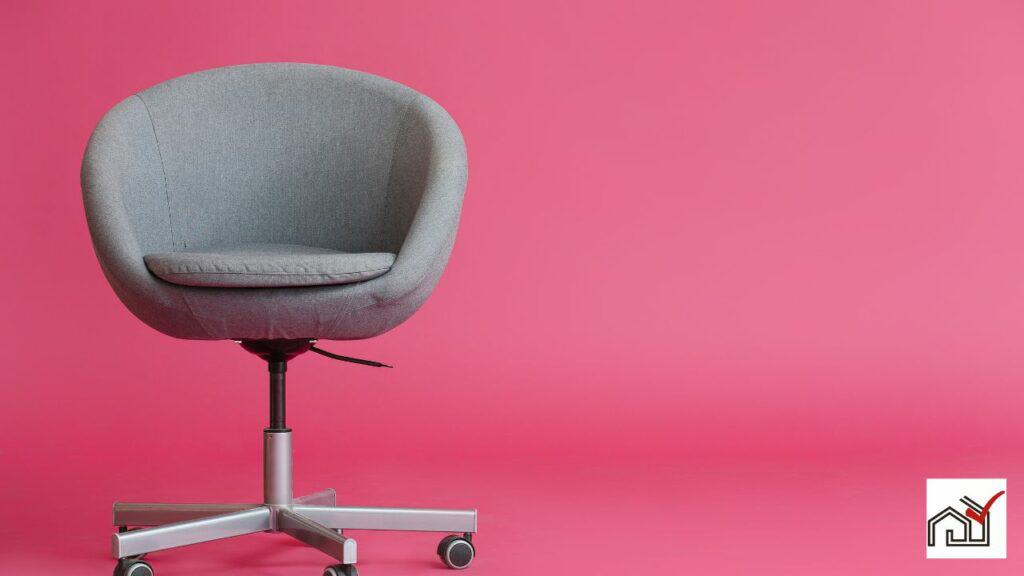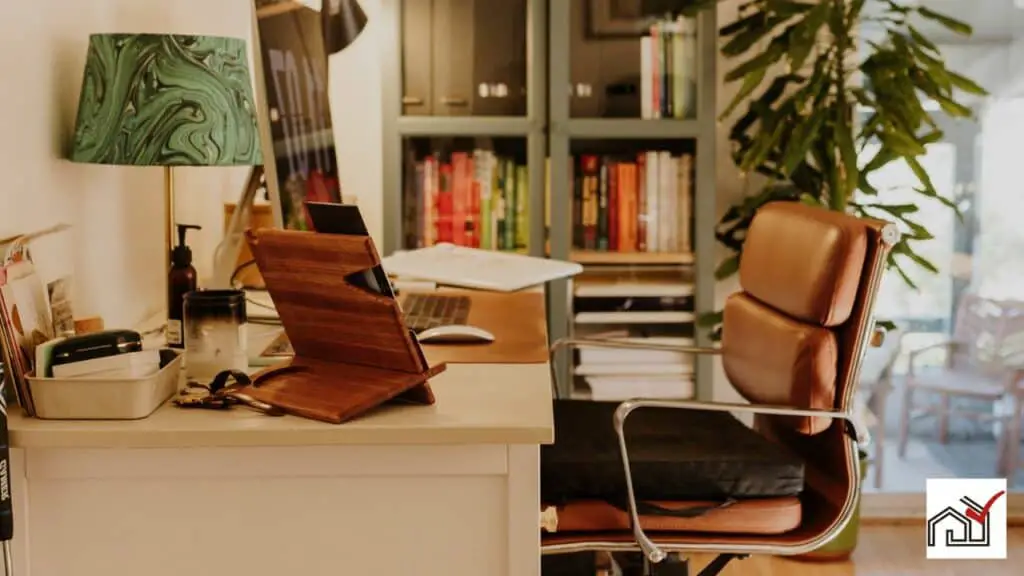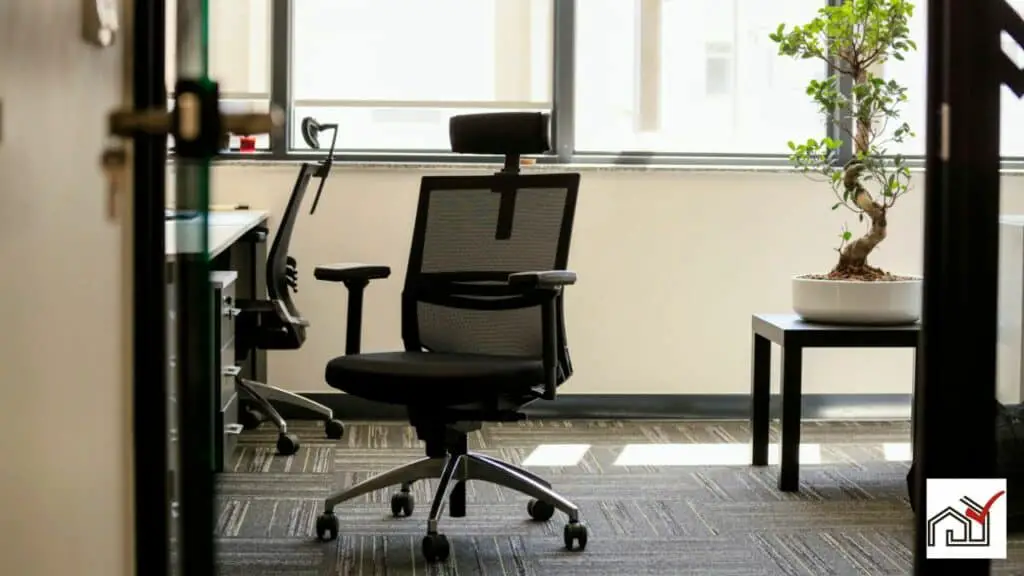Ball bearings allow a swivel chair to rotate smoothly. When they wear out or stop working, they need to be replaced to keep the chair functioning properly. Replacing ball bearings in a swivel chair involves careful work and knowledge of the chair's structure.
The steps include taking the chair apart, removing the old bearings, and putting in new ones. It's important to pay close attention and follow safety procedures during this process. With the right tools and some mechanical understanding, you can replace the bearings and reduce the time the chair is out of service.
Identify the Problem
To determine whether a swivel chair's problem is due to the ball bearings, inspect the chair for signs of an uneven weight distribution or a tendency to lean to one side, which could suggest worn or damaged casters or a loose seat plate.
Check the swivel mechanism at the base to assess ball bearing wear, affecting rotation and stability.
If the issue is not apparent, remove any labels to view the cylinder stamp, which is essential for identifying replacement parts.
If ball bearings need replacement, prepare the necessary tools and parts.
Inexperienced individuals should consider professional repair to avoid further damage or injury.
Regular maintenance can help avoid such issues, but if problems continue, replacing the chair may be the best option for comfort and posture.
Gather Necessary Tools
To replace ball bearings in a swivel chair, collect the required tools: a socket wrench, pliers, and a screwdriver. The socket wrench is for the bolts, pliers for removing clips or rings, and the screwdriver for dismantling parts to reach the bearings.
Ensure you have the correct sizes and types of these tools for your chair to prevent damage to the chair or tools. Incorrect tools can cause problems.
Consider buying tools through the Amazon Services LLC Associates Program if needed. This program offers links to purchase suitable tools on Amazon.
Remove the Chair Base
To remove the base of a swivel chair, use a socket wrench to loosen and remove the screws that secure the baseplate. Place the screws in a secure location for later reassembly. If the base does not detach easily after unscrewing, gently wiggle it to loosen it.
Once the base is removed, clean the bearing slot surface to remove any dirt and debris. Ensure the workspace is clear and all parts are present before proceeding.
Extract Old Ball Bearings
Use pliers to remove the chair's old ball bearings from the bearing slot. If needed, employ a screwdriver for extra leverage. Carefully work the bearings out to avoid damaging the slot.
Once the bearings begin to move, continue to gently wiggle them free. If they are stubborn, persist with care and without using excessive force.
After removing the bearings, clean the bearing slot of any dirt and debris to prepare for the new bearings.
With the slot clean and lubricated, you can install the new ball bearings, completing the maintenance of the chair's rotating mechanism.
Install New Bearings
Install new ball bearings by first applying a thin layer of grease to one side to ensure they move smoothly. Carefully insert the new bearings into the clean bearing slot, making sure they are properly aligned to avoid any wobbles or misalignments in the chair's swivel mechanism.
Reassemble the chair, paying attention to screws and fixtures, making sure everything is in place and there are no loose parts that could affect the chair's stability.
Tighten the bearings and any other disassembled components with a socket wrench, being careful not to cause damage.
Test the swivel function to check that the new bearings allow for smooth rotation. Make any necessary adjustments to ensure proper movement.
The chair should now be ready for use with improved ease of motion.
Test and Troubleshoot
After replacing the bearings in a swivel chair, it's essential to test the chair's rotation to confirm it is smooth and functional. To test, push the seat lightly to rotate it in both directions; it should move smoothly without grinding noises or abrupt stops. If there are issues, check that all screws are tight, and no parts are misaligned, which could affect movement.
If the chair does not rotate correctly or is unbalanced, there might be a misalignment. Use a level to check for balance and examine the bearings' installation for unevenness.
As you sit in the chair, observe for any wobbling or irregular motion, which may suggest that the replacement parts are not fitting correctly or require further adjustment. If the chair swivels correctly, the bearing replacement has been successful.
Testing and troubleshooting after bearing replacement is important for the chair's longevity and performance. A well-maintained chair offers comfort, enhances productivity, and is valuable in both home and office environments.





